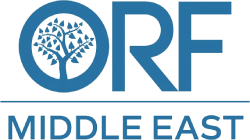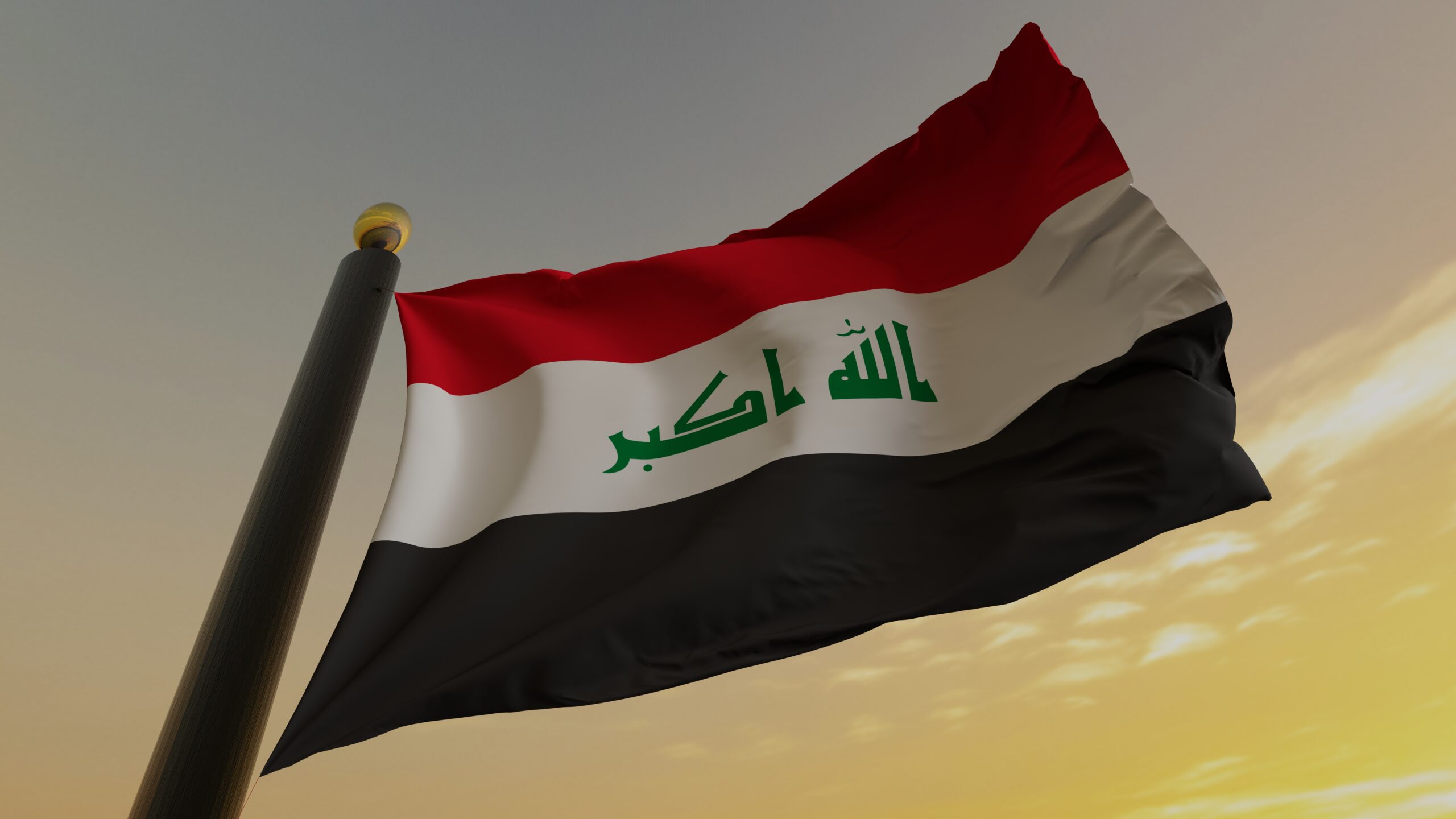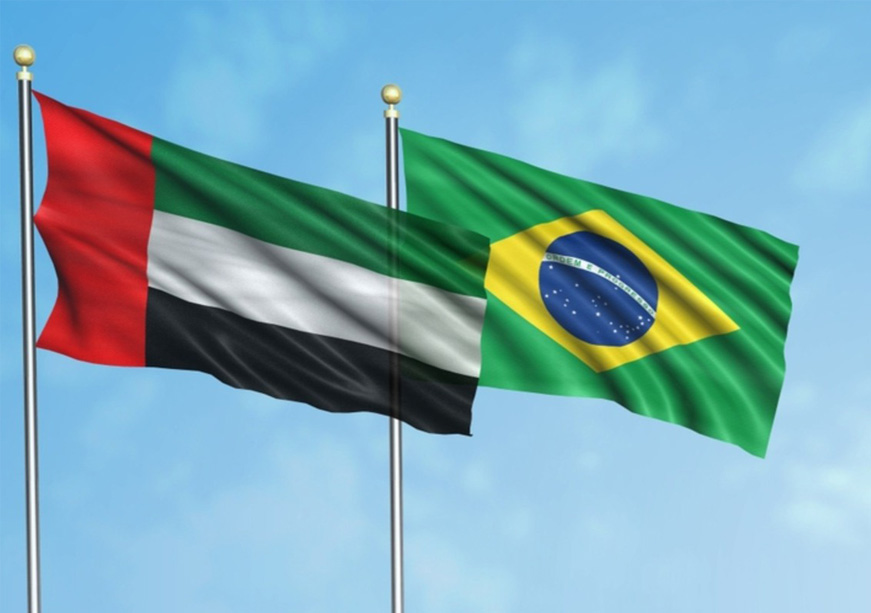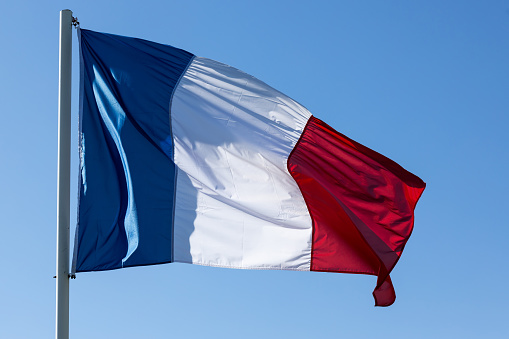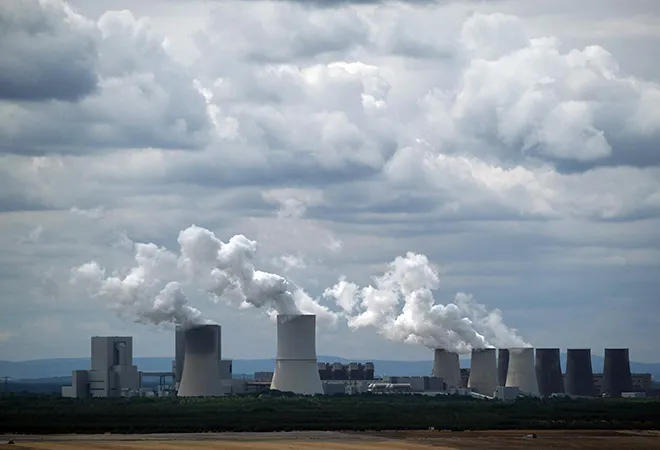Amidst Israel’s confrontation with Iran and its broader campaign against the Axis of Resistance, Iraq has remained largely outside the spotlight. As Iran’s regional influence wanes under sustained Israeli and American pressure, Iraq’s Iran-aligned factions are recalibrating, opting for restraint over confrontation and prioritising political survival over ideological loyalty. With elections approaching and regional dynamics in flux, Iraq’s political players are focused on managing domestic matters and less concerned with what is happening in the neighbourhood.
Iraq has been a bystander in the ongoing conflict between Israel and Iran. Despite Israel’s ongoing military operations in Gaza, its systematic efforts to degrade Hezbollah’s capabilities in Lebanon, regular airstrikes in Syria, and now open conflict with Iran, Iraq has resisted being drawn into this escalating regional confrontation. Iraq, which has endured two decades of war, occupation, and political instability since 2003, has thus far remained on the sidelines. Nevertheless, the Iran-aligned Popular Mobilisation Forces (PMF) in Iraq have expressed support for Iran. Asaib Ahl al-Haq’s spokesman, Jawad al-Talibawi, affirmed loyalty to Iran’s Supreme Leader and warned Washington of the consequences of siding with Tel Aviv. Statements from Asaib Ahl al-Haq and Kataib Hezbollah signalled their readiness to confront US forces should they intervene militarily on Israel’s behalf. The US took the decision to launch Operation Midnight Hammer on 21 June 2025, striking three Iranian nuclear sites, Fordo, Natanz, and Isfahan, with B-2 Spirit bombers and submarine-launched Tomahawk missiles.
It is, therefore, all the more surprising that the PMF did not respond to the US strikes on Iran, given their track record of targeting American personnel, bases, and assets across the region. Since regional tensions escalated following the 7 October 2023 Hamas attack against Israel, Iran-aligned militias have launched over 180 attacks on US forces in Iraq, Syria, and Jordan. These include the deadly strike in Jordan by Kataib Hezbollah, a leading PMF faction and sister group to the Islamic Resistance in Iraq, which killed three American service members and injured 40 at the Tour 22 logistics base in Jordan on 28 January 2024. The US Embassy in Baghdad, the Erbil airbase, and multiple sites across the Kurdistan Region have also been repeatedly targeted in 2023. Against this backdrop, their silence following the 21 June strikes is not only uncharacteristic but also politically significant.
This restraint can be partly explained by the weakening of Iran’s Axis of Resistance. Tehran’s forward defence posture – developed by the late Quds Force commander Qasem Suleimani – relied on a network of armed groups including Hezbollah, Asaib Ahl al-Haq, Kataib Hezbollah, and the Houthis to project power and threaten Israel’s security. Following the 2006 Israel-Hezbollah war, this axis constrained Israel’s freedom of action, largely confining it to operations in Gaza and the West Bank. However, Israel’s post-7 October 2023 campaign to reassert deterrence, underpinned by years of planning and intelligence gathering, rapidly dismantled key elements of the network: Hezbollah was severely degraded, Hamas was decimated, and the Houthis were struck hard. The collapse of the Assad regime in Syria, the longstanding cornerstone of Iran’s regional strategy, further severed critical supply lines to Hezbollah and other allied groups. Consequently, Iran-aligned groups in Iraq are in no position to confront the US or Israel, otherwise they face the same existential threat as their counterparts in the Axis of Resistance. Moreover, Israel has established air superiority over the Islamic Republic and forced the Iranian leadership into accepting a ceasefire, meaning it has the operational freedom and capability to target Iran-aligned PMFs at will.
Israel’s 12-day campaign of sustained strikes against Iran. This, coupled with its success in drawing the US into the conflict, marks a significant threshold in the regional balance of power. The operation has not only exposed vulnerabilities in Iran’s defence posture but has also introduced a continuous threat to its security architecture. For the foreseeable future, Iran is unlikely to be viewed as a major threat to Israeli security, a shift that will reverberate across the strategic landscape of the Middle East.
Iran’s influence across the region has notably diminished. Its ability to project power and shape political outcomes in neighbouring states, once a hallmark of its regional strategy, has been curtailed by military setbacks, the weakening of allied groups, and the collapse of key strategic partnerships. As a result, Tehran now faces growing constraints in leveraging its networks to influence domestic politics in countries like Iraq, Lebanon, and Syria.
The weakening of Iran’s regional posture is also reshaping the PMF’s domestic political calculus. With Tehran’s ability to project power diminished, its allied groups in Iraq are recalibrating their strategies, not least because they face growing scrutiny at home. The upcoming parliamentary elections in November 2025 have raised the stakes, overt military action alienates voters already disillusioned by years of instability and militia dominance. Instead, PMF factions appear to be prioritising political consolidation over confrontation, seeking to entrench their influence through the ballot box rather than the battlefield.
This recalibration is also shaping Iraq’s external posture, particularly in its relations with the US and Gulf Arab states. Baghdad has sought to maintain a careful balance, avoiding overt alignment with either Washington or Tehran, yet the weakening of Iran’s regional position has created new diplomatic space. US officials have quietly welcomed the PMF’s restraint, interpreting it as a sign that Iraq’s political leadership may be gaining greater influence over armed actors. At the same time, Gulf Arab states, especially Saudi Arabia and the UAE, are watching closely for signs that Iraq might pivot further away from Iran’s orbit. While such a shift remains tentative, the current moment presents an opportunity for Baghdad to reassert its sovereignty and recalibrate its regional relationships.
As Iraq approaches its November elections, the interplay between domestic politics and shifting regional dynamics will be critical to watch. The PMF’s current restraint may prove temporary, particularly if the conflict between Israel and Iran recommences or if US forces become more directly involved. However, the combination of electoral pressure, diminished Iranian influence, and a newly emerging regional environment offers Baghdad a rare window to assert greater political independence. Whether Iraq’s leaders can seize this moment to strengthen state institutions and rebalance foreign relations will shape not only the country’s trajectory but also its role in the new region.
Neil Quilliam is a foreign affairs specialist with extensive experience consulting with government officials and corporate clients on geopolitics and energy issues in the Middle East.
